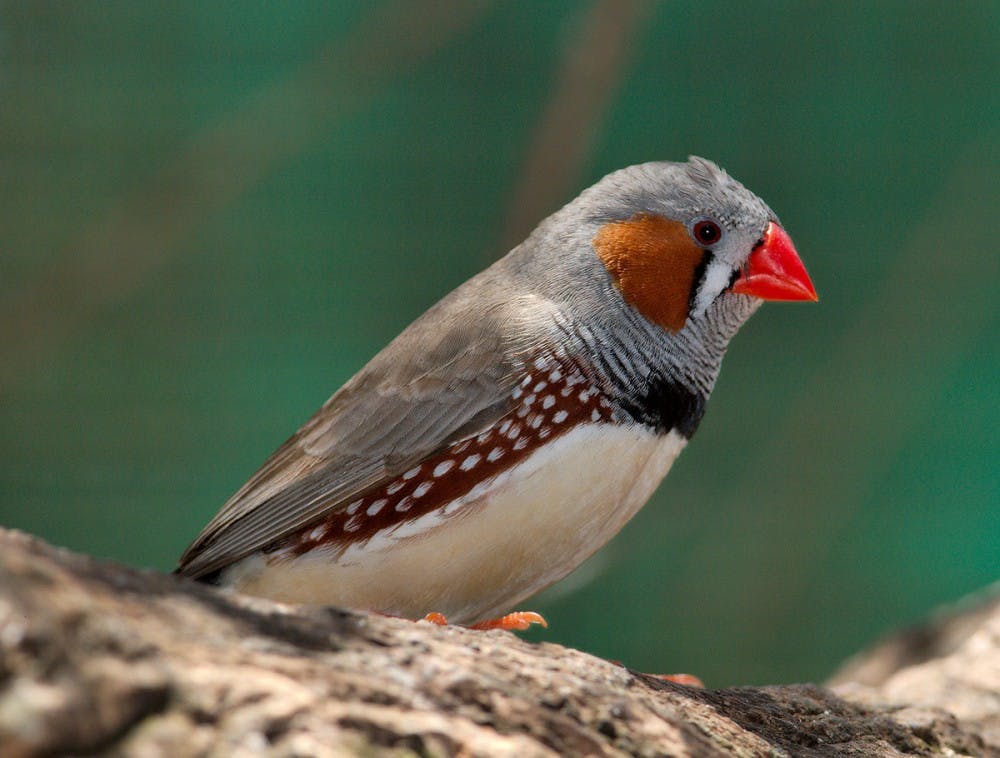The UVA Brain Institute — a network across the multiple schools at the University for the advancement of neuroscience — recently awarded 10 grants to cross-disciplinary and collaborative projects at the University. More than $880,000 were given to 29 faculty researchers with projects on topics ranging from concussions in high impact sports to the development and characterization of Zebra Finches, a type of song bird, as a model for studying dyslexia.
According to Jaideep Kapur, the Director of the UVA Brain Institute, the Institute was looking to provide funding projects that were innovative and promoted collaboration.
“We look for innovative, creative and transformative ideas,” Kapur said in an email statement. “We look for collaborations that can deliver more than the sum of two collaborators.”
The grant application process involved the submission of a written project proposal and a presentation to the selection committee. One of these grants was awarded to a team comprised of Psychology Prof. Dan Meliza, Biology Prof. Chris Deppmann and Pharmacology Prof. Mark Beenhakker for their proposed study titled, "A novel model for dyslexia and other language-processing disorders." Led by Meliza, the study attempts to develop a model for dyslexia and other language disorders. As previous model organisms have failed to properly represent speech disorders, this project uses song birds.
Dyslexia, a disorder which affects millions of children, is often characterized by a difficulty with reading. According to Meliza, this difficulty arises from a child’s inability to manipulate phonemes, the smallest units of speech sounds. For instance, the two words “bat” and “cat” have different phonemes at the beginning of the word with the phoneme /b/ in “bat” and /k/ in cat. However, they share the “at” sound at the end of the word. If a dyslexic individual was asked to recognize the word “at” without the initial /b/ phoneme, he would be slower to recognize the word compared to someone without dyslexia, who would easily be able to manipulate the word “bat” without the initial /b/ to yield “at.”
Due to this problem with auditory processing, the scientists hypothesized that dyslexia may be related to early auditory perception during development.
“We believe that early exposure to language developmentally is critical to acquiring language as we get older,” Beenhakker said.
According to Meliza, there are several genes that have been implicated with the development of dyslexia and other speech disorders. Mutations in one of alleles or forms of the gene called KIAA0319 has been associated with an increase the likelihood of developing dyslexia.
“So what we want to do is try to understand how that mutation affects auditory processing,” Meliza said. “And so the goal is to be able to study that mutation in a model organism where we can manipulate the genes, study how the brain processes sound — and a great model for that is the Zebra Finch.”
According to Meliza, other animals models such as rodents are not able to accurately portray speech disorders since rodents do not learn how to vocalize and their early exposure to language does not define their communication abilities later in life. Zebra Finches however, learn how to communicate through song from their parents. In this manner, they are similar to infants, as their auditory system is shaped by exposure to adult speech.
As such, Zebra Finches allow for scientists to develop a model that can be used to study the effects of mutations on auditory learning and processing.
“When we say we’re developing a novel model for dyslexia, what we’re really doing is saying that we want to build a model airplane that has some of the features of dyslexia and that allows us to delve into the mechanism of how dyslexia and other speech disorders work,” Meliza said.
Deppmann said a future goal of this project is to learn how to apply this model in a therapeutic setting. Meliza has already characterized the learning and language of these birds. However, the researchers still have to learn how different mutations in proteins associated with auditory processing disorders will manifest in these birds.
“So the characterizations of this model is fairly far along, but we still have a long way to go,” Deppmann said.







